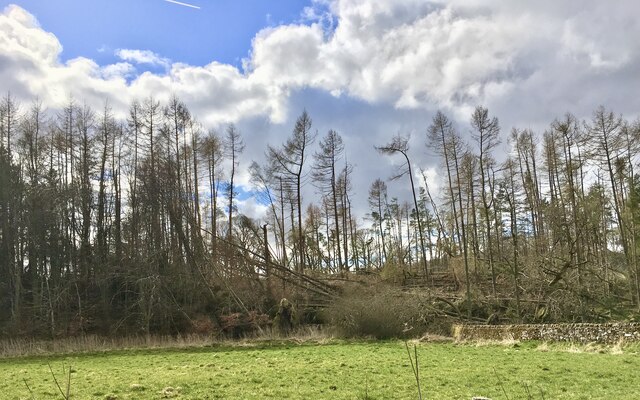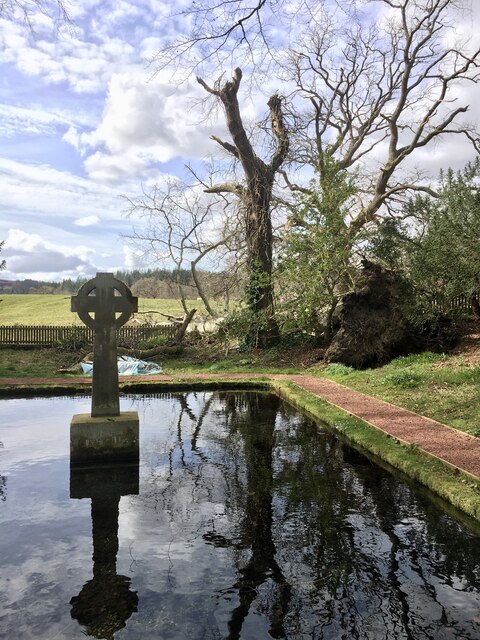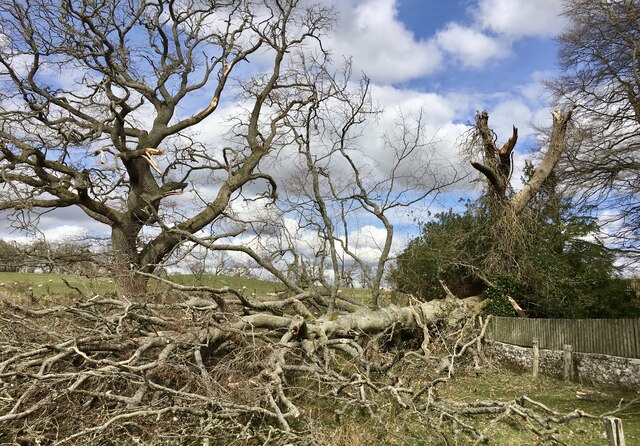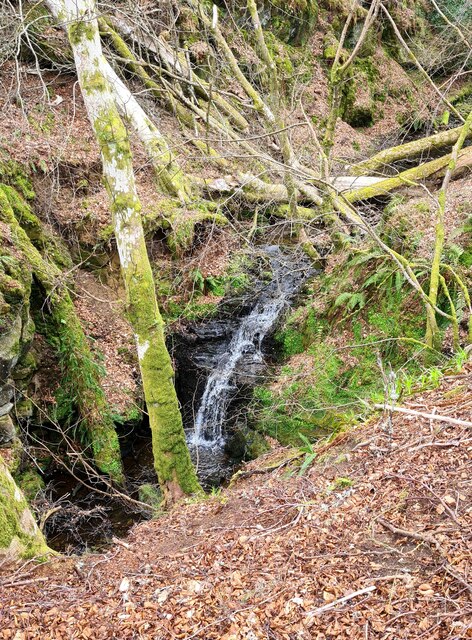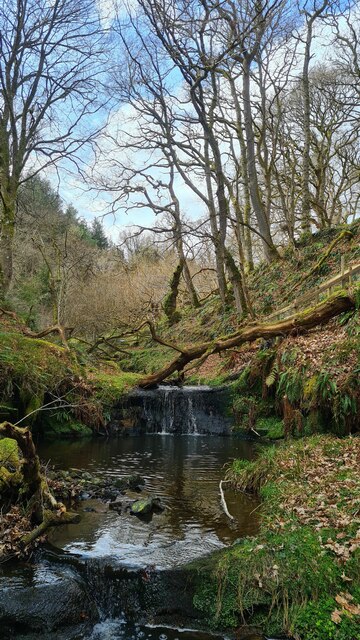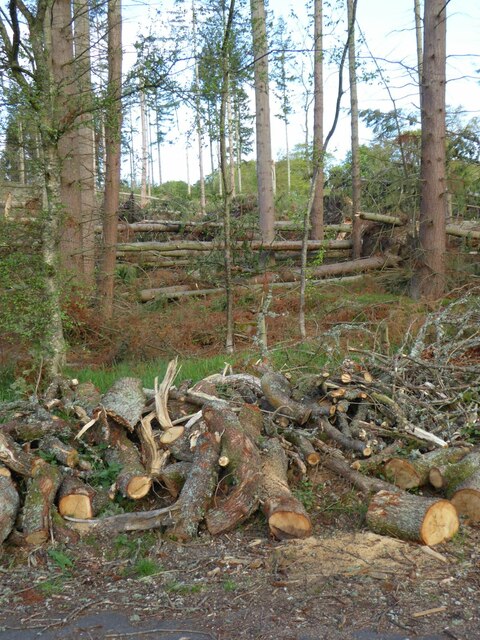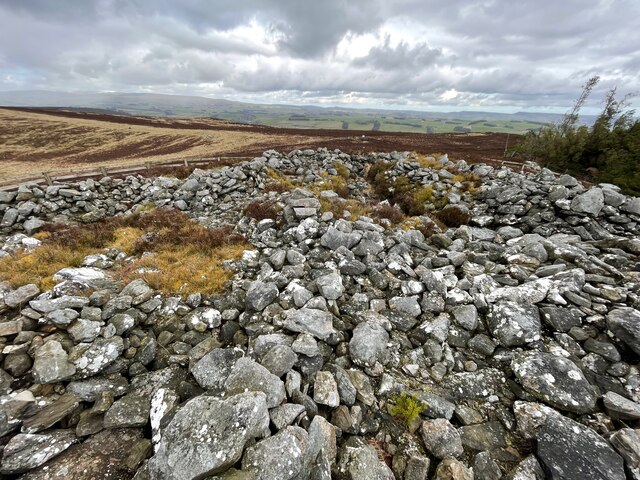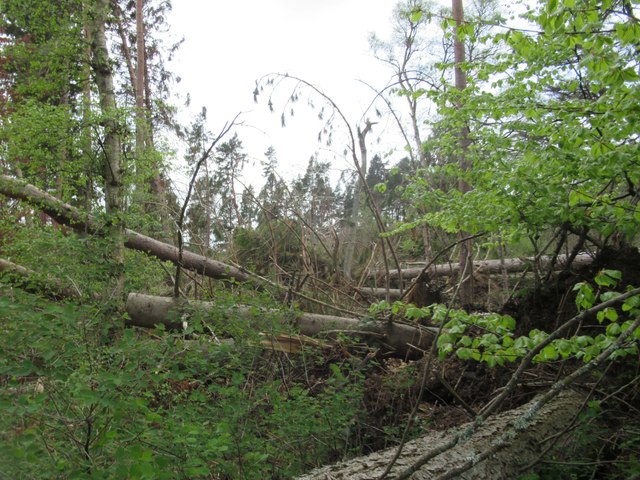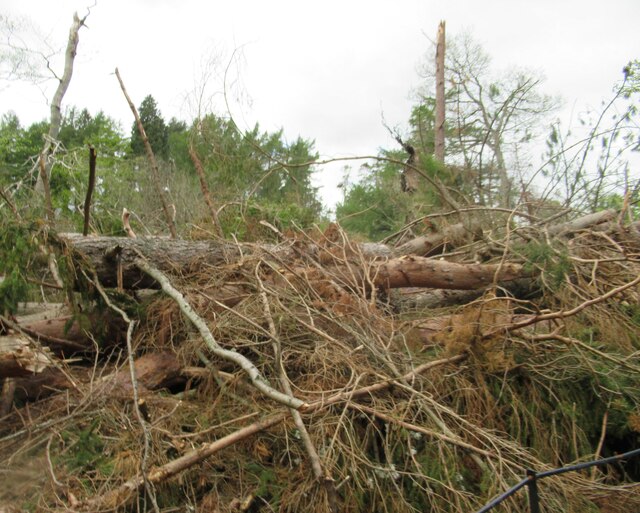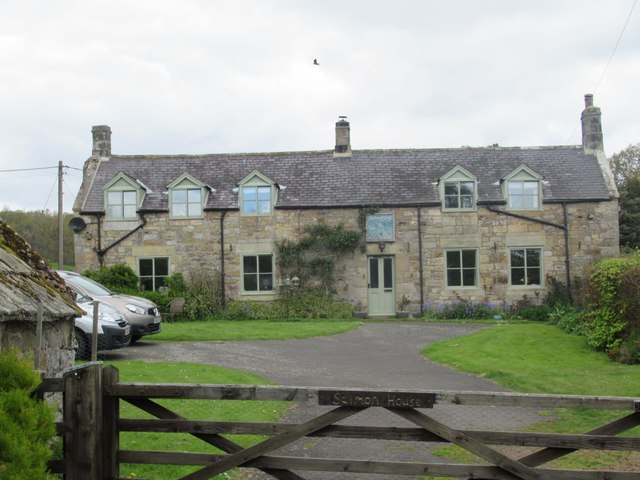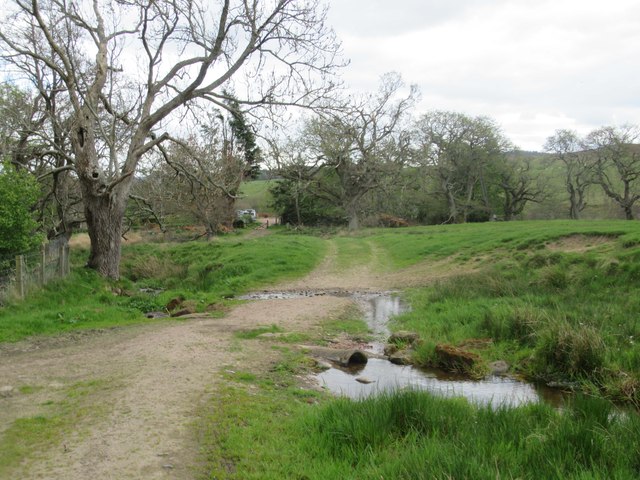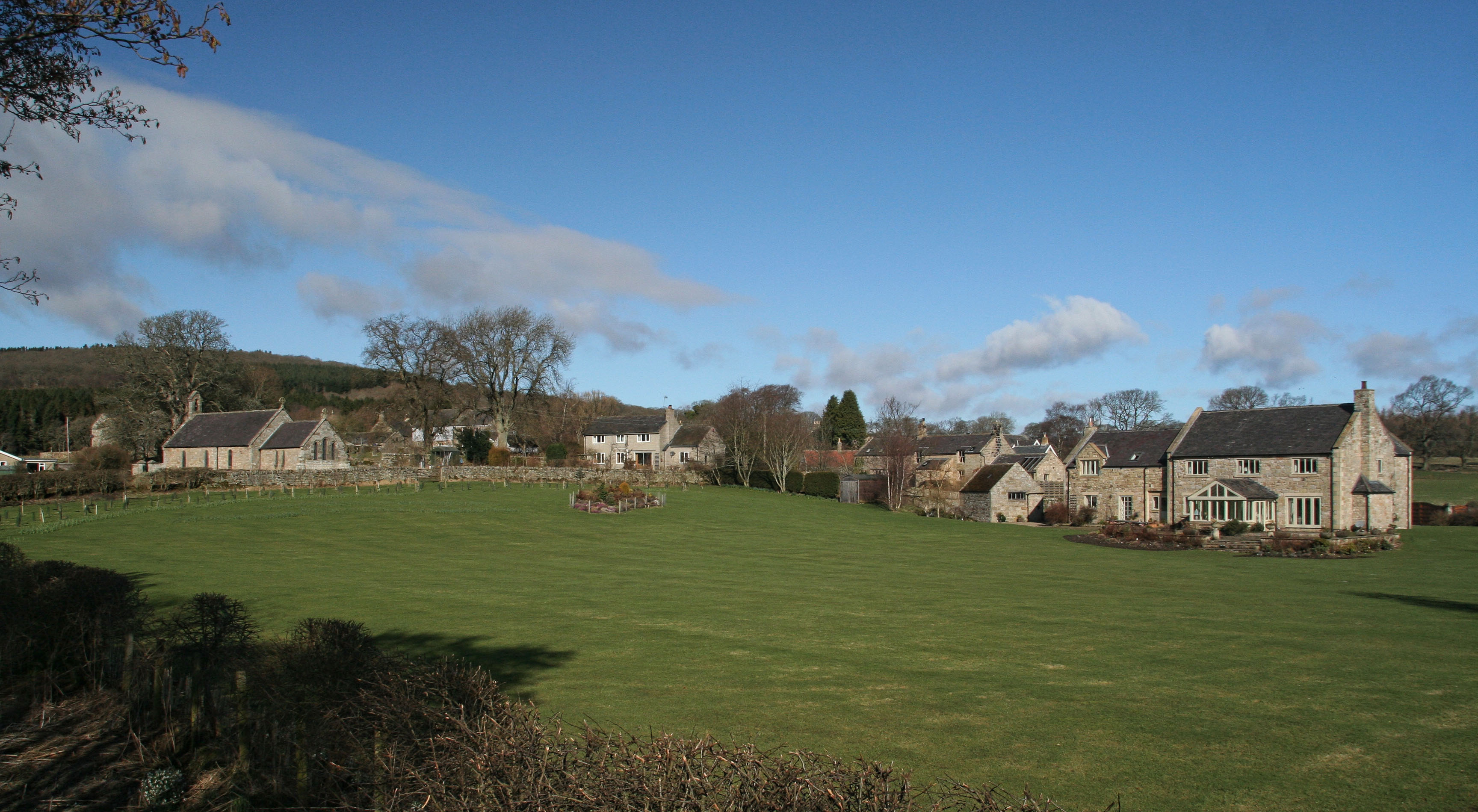Haddon Hill
Hill, Mountain in Northumberland
England
Haddon Hill
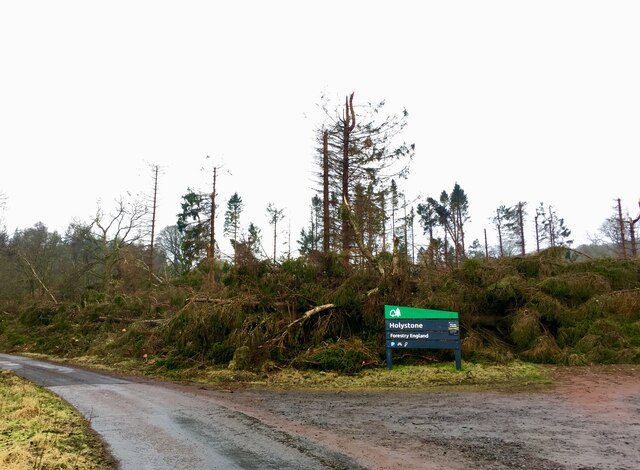
Haddon Hill is a prominent natural landmark located in the county of Northumberland, England. Rising to an elevation of approximately 327 meters (1,073 feet), it is classified as a hill rather than a mountain. Situated in the northern part of the county, Haddon Hill is part of the North Pennines Area of Outstanding Natural Beauty, showcasing its scenic and picturesque surroundings.
The hill is known for its distinctive shape, featuring a rounded and gently sloping profile. Its slopes are predominantly covered in lush green grass, with scattered patches of heather and other vegetation. Haddon Hill offers stunning panoramic views of the surrounding countryside, including the nearby villages of Haltwhistle and Haydon Bridge.
The area surrounding Haddon Hill is rich in historical and cultural significance. At the base of the hill lies the village of Haddon, which is home to several traditional stone-built houses and farms. The hill itself is dotted with ancient remains, such as prehistoric burial mounds and Iron Age settlements, providing insight into the region's past.
Haddon Hill attracts visitors who enjoy outdoor activities, such as hiking and walking. It is crisscrossed with walking paths and trails, allowing visitors to explore its natural beauty at their own pace. The hill is also a popular spot for birdwatching, as it provides habitat for various species of birds, including red grouse and curlews.
Overall, Haddon Hill offers a serene and tranquil escape for nature enthusiasts and history buffs alike, showcasing the beauty and heritage of Northumberland's landscape.
If you have any feedback on the listing, please let us know in the comments section below.
Haddon Hill Images
Images are sourced within 2km of 55.30836/-2.0743427 or Grid Reference NT9501. Thanks to Geograph Open Source API. All images are credited.
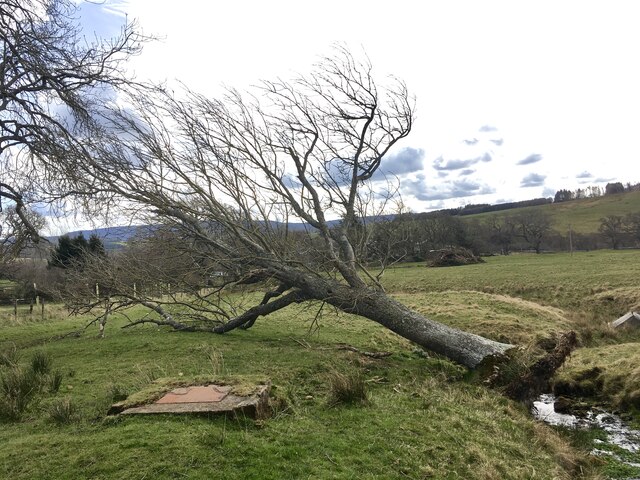
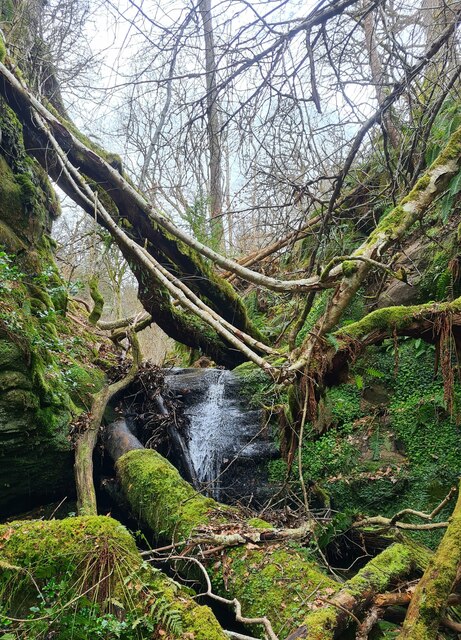
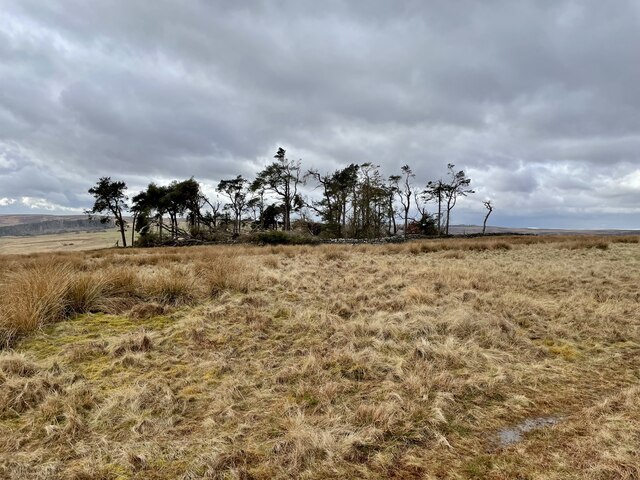
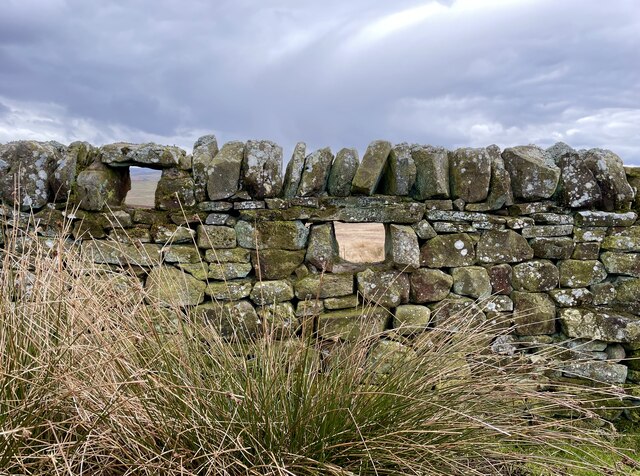
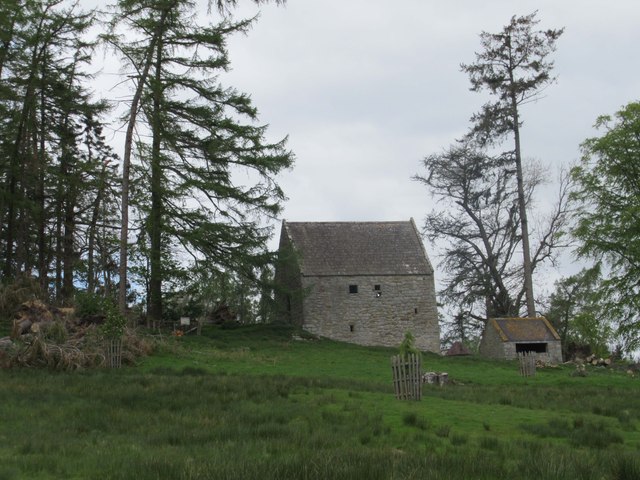

Haddon Hill is located at Grid Ref: NT9501 (Lat: 55.30836, Lng: -2.0743427)
Unitary Authority: Northumberland
Police Authority: Northumbria
What 3 Words
///tricks.overpaid.kiosk. Near Rothbury, Northumberland
Related Wikis
Holystone, Northumberland
Holystone is a small village and former civil parish, now in the parish of Harbottle, in Northumberland, England. It lies on the edge of (and just within...
Sharperton
Sharperton is a small settlement and former civil parish, now in the parish of Harbottle, in Northumberland, England. Sharperton is the site of a deserted...
Hepple
Hepple is a small village and parish in rural Northumberland, 4 miles (6.4 km) west of Rothbury, which provides most of its local services. It is on the...
High Cove
High Cove is a major slip feature to the west of Grasslees Burn in the Simonside Hills, Northumberland, England. It contains several small rifts and caves...
Harbottle
Harbottle is a village and civil parish in Northumberland, England about 10 miles (16 km) south-east of the Scottish border, in the southeastern part of...
Harbottle Castle
Harbottle Castle is a ruined medieval castle situated at the west end of the village of Harbottle, Northumberland, England, 9 miles (14 km) west-north...
Reivers Way
The Reivers Way is a long-distance footpath in Northumberland, passing through the Northumberland National Park and the Cheviot Hills. Totalling 242 kilometres...
Billsmoor Park and Grasslees Wood
Billsmoor Park and Grasslees Wood is the name given to a Site of Special Scientific Interest (SSSI) in Northumberland, North East England, designated in...
Nearby Amenities
Located within 500m of 55.30836,-2.0743427Have you been to Haddon Hill?
Leave your review of Haddon Hill below (or comments, questions and feedback).
